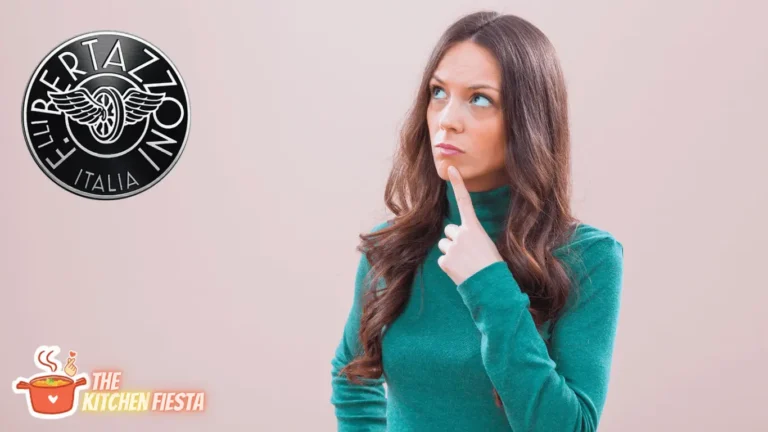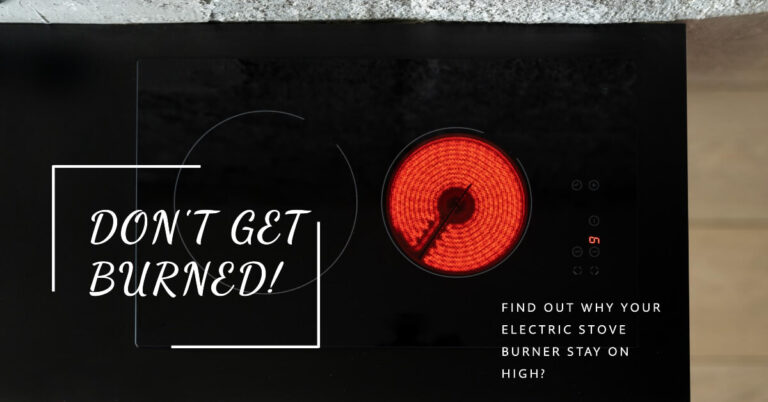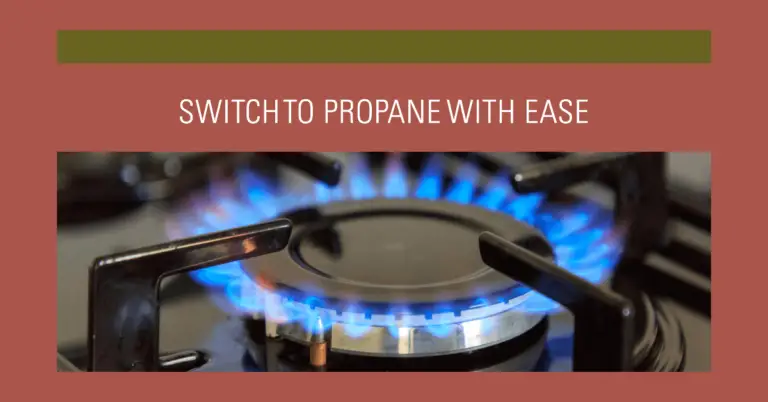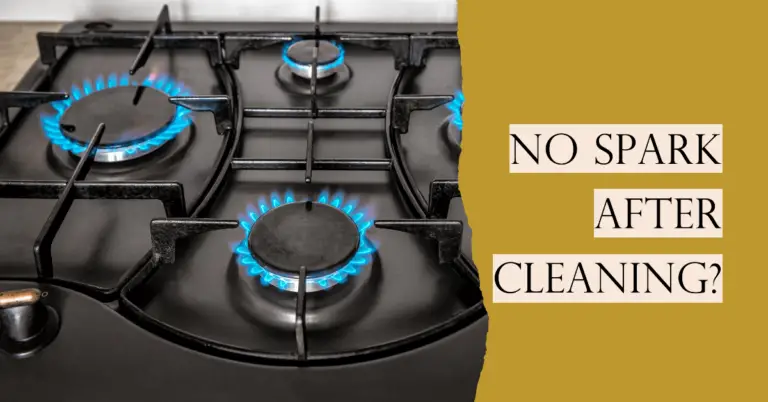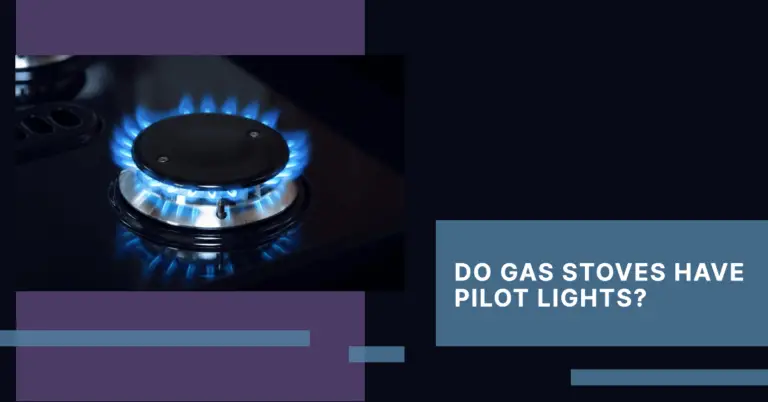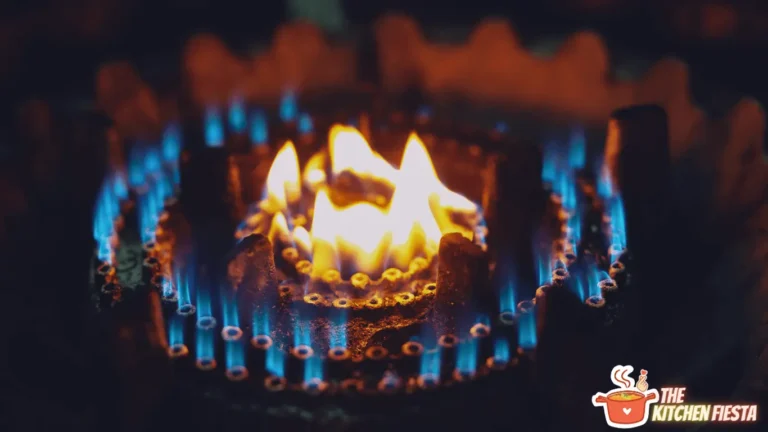Can You Use The Stove While The Oven Is On?
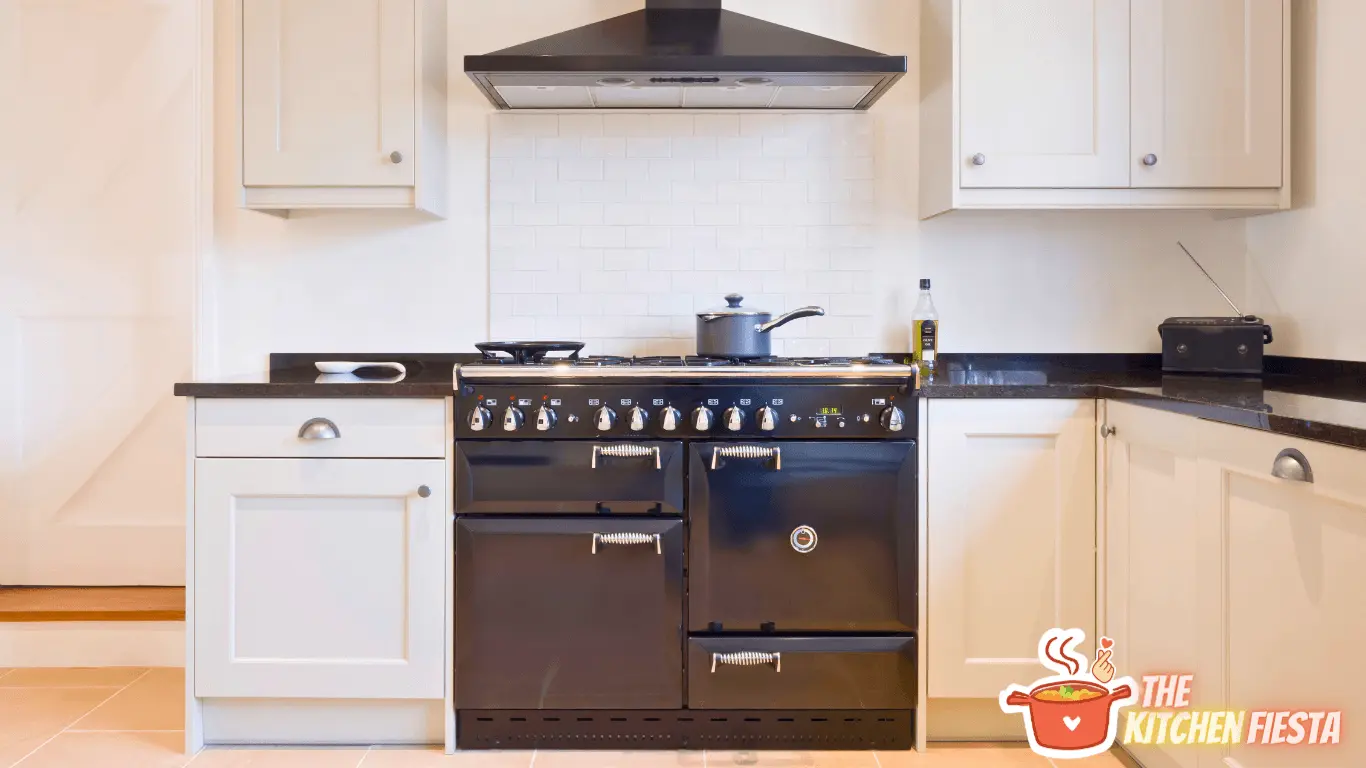
For many home cooks, using the oven and stove simultaneously is a common practice when preparing meals. However, some may wonder if it’s actually safe to use both appliances at the same time.
So, can you use the stove while the oven is on? The short answer is yes, you can use your stove while the oven is on in most cases. However, there are some safety precautions you should take and situations when it’s better to avoid using both appliances together.
In this detailed guide, we’ll cover everything you need to know about safely and effectively using your oven and stove at the same time. You’ll learn:
- How ovens and stove tops work and why it can be risky to use both
- Safety tips for using your stove and oven together
- When you should avoid using both appliances simultaneously
- Steps for safely cooking on the stove while the oven is on
- Special considerations for electric and gas stoves and ovens
- Answers to common questions about using the oven and stove at the same time
By the end, you’ll have a better understanding of how to safely use your oven and stove simultaneously so you can efficiently prep multiple dishes for meals.
How Ovens and Stoves Work?
To understand the risks of using your oven and stove together, it helps to first look at how these appliances work separately:
Ovens
There are two main types of ovens – electric and gas. Electric ovens use heating elements to warm the enclosed space. Gas ovens use a gas burner that ignites to heat the cavity.
In both cases, the oven needs to reach and maintain high temperatures – often over 400°F or higher depending on your recipe. This level of concentrated heat in an enclosed space can more quickly heat up any food inside as well as the oven door and exterior.
Stove Tops
Stove tops, also called cooktops or rangetops, refer to the flat cooking surface on your range or stove. Stove tops can be electric or gas.
Electric stove tops use individual heating elements called burners to heat pots and pans placed directly on them. Gas stove tops have rings over a gas burner to heat cookware above.
When turned on, these burners also get extremely hot very quickly – sometimes over 600°F. This direct application of intense heat is what allows food to cook so fast in pans on the stove top.
Why Using Both Can Be Risky?
The main risk of using your oven and stove top simultaneously comes down to the amount of heat being generated between the two appliances in your kitchen.
Having two appliances that each reach temperatures over 400°F – and in some cases over 600°F – can quickly make your kitchen very hot. It also requires a lot of energy to power the oven and stove at once.
This concentrated heat can increase the risk of burns, fire hazards, and overloading your electrical or gas system. However, you can take steps to use both safely.
Safety Tips for Using Your Stove and Oven Together
Here are some top safety tips to follow when using both your stove and oven at the same time:
- Ensure proper ventilation – Turn on your stove hood vent and open windows to allow for airflow and prevent overheating. Consider running fans or AC as well.
- Don’t leave food unattended – Stay near the kitchen when cooking on the stovetop with the oven on to prevent burns or boil overs.
- Use rear burners – Cooking on back burners puts more distance between stove and oven heat.
- Keep areas clean and clear – Wipe up spills quickly and keep combustibles away from the stove and oven.
- Have a fire extinguisher ready – Ensure it is charged and you know how to use it in case of emergency.
- Follow manufacturer instructions – Check your appliance manuals for any special instructions on simultaneous use.
- Pay attention to cookware handles – Keep handles turned inwards and use oven mitts when moving hot pots and pans.
- Monitor children and pets – Keep little ones and furry friends out of cooking areas when using the stove and oven to prevent accidents.
- Listen for alerts or alarms – If you smell gas, heat detectors go off, or appliances make popping noises, turn them off.
When to Avoid Using the Stove and Oven Together?
In some situations, it’s best to avoid using your oven and stove top at the same time:
- When oven is in self-cleaning mode – The extremely high cleaning temperatures can damage your stove top or overload systems.
- Broiling in oven and cooking on stove – Broilers super heat the oven interior, so combine use requires extra caution.
- Unattended stovetop cooking – Never leave food cooking on the stove top alone while the oven is on.
- Unstable or unsuitable cookware – Avoid using easily tipped pots or pans not meant for stovetop use.
- Overloading electrical capacity – Using multiple large appliances could exceed circuit capacity. Check your electrical service.
- No hood ventilation over stove – Lack of vent increases safety risks significantly. Only use oven when stove is off.
Pay attention to these situations and avoid using stove and oven together when necessary. Also skip simultaneous use if you notice any issues like power flickering, odd smells, or Smokey oven temps.
Special Tips for Electric Stoves and Ovens
If you have an electric stove and oven, follow these tips for safely using both:
- Distribute burners – Use different stove elements, not ones right next to operating oven.
- Watch for dimming lights – Dimming is a sign of electrical overload. Turn off some appliances if needed.
- Check your fuse box – Ensure it is rated for the combined appliance wattages. Upgrade box if needed.
- Use induction stove – Induction cooking places less electrical demand than traditional electric stoves.
- Keep cords and lines clear – Don’t let items sit on or touch cords to prevent damage to wires.
- Clean under stove top – Avoid build up of food, grease or debris under or around burners.
- Inspect heating elements – Make sure all oven heating elements are working properly. Replace old or damaged ones.
Special Tips for Gas Stoves and Ovens
For gas stove and oven combinations, keep these safety guidelines in mind:
- Crack open a window – Gas ovens release some exhaust fumes, so allow for ventilation.
- Check flame color – Gas flames should burn blue. Yellow or orange flames mean the gas mix needs adjustment.
- Clean burners regularly – Dirty burners can lead to inefficient gas use and irregular flames.
- Don’t use front right burner – The front right stove top burner is under the oven vent and gets the hottest. Avoid it when oven is on.
- Keep gas line clear – Make sure nothing is resting on or pressed against the gas supply line.
- Pay attention to smells – Gas leaks can be detected by added rotten egg or sulfur smells. Call the gas company if concerned.
- Install a gas detector – This will alert you to any potential gas leaks from stove or oven.
Steps for Safely Using the Stove While the Oven Is On
If you’ve determined it’s safe to use your electric or gas stove while the oven is on, follow these steps:
1. Prep your cooking equipment
- Choose rear burners on the stove top if possible.
- Ensure pots and pans are steady and have handles positioned safely.
- Do not use any plastic or unstable cookware.
- Clear and clean the stovetop and oven spaces before starting.
2. Organize ingredients and tools
- Get out all ingredients for both oven and stovetop dishes first.
- Place items in order of use to streamline cooking steps.
- Set up mixing bowls, utensils, timers, oven mitts, etc.
3. Follow a schedule
- Plan oven and stove cooking in a logical order.
- Start oven dishes first if they take longer.
- Time stovetop cooking so nothing overcooks or boils over.
4. Stay present the entire time
- Don’t leave the kitchen while both appliances are on.
- Set timers to alert when stove top items need stirring or lowering heat.
- Check oven window frequently to monitor dishes.
5. Adjust as needed
- Lower temperature or move pots if stove top gets too hot.
- Turn off oven or burners if kitchen gets uncomfortably warm.
- Switch on vents, fans, or AC if you notice excess heat.
Proper planning, preparation, and monitoring when using your stove while oven is on can prevent safety issues. Avoid trying to multitask and focus on cooking.
Answers to Common Questions
Many people have additional questions about using their oven and stove top simultaneously beyond basic operation. Here are answers to some commonly asked safety and usage questions.
Is it safe to cook on a gas stovetop while a gas oven is in use?
Yes, this can be safe if proper ventilation is provided since gas appliances release some exhaust fumes. Open doors and windows and use the stove vent hood. Also keep the front right burner off and monitor flame quality.
How can I tell if my electrical system can handle using the stove and oven at once?
Check your fuse box or circuit breaker sizes against your appliance wattages. Standard homes often have 100 amp service supporting around 9000 watts. If your combined oven and stove exceed this, upgrade your electric before extended dual appliance use.
Should I worry about my cookware or countertops getting too hot with the oven and stove on together?
Yes, the combined heat can make cookware handles hot. Use potholders and keep handles turned inward. Also use trivets to protect countertops under hot pans or baking dishes. Take care when wiping spills to avoid burns.
Can using the oven and stove at the same time lead to carbon monoxide poisoning?
It’s unlikely in a kitchen with proper ventilation. CO poisoning occurs from large amounts of unvented gas appliance exhaust. Using your stove hood, opening windows, and having CO detectors minimizes likelihood of dangerous gas buildup.
What oven uses the least energy if I need to use both it and the stove?
Modern electric convection ovens use less energy than older ovens. They use fans to circulate hot air rather than relying solely on heating elements. Convection ovens use around 15% less energy compared to conventional electric oven models.
Conclusion
Using your stove while your oven is on is possible in most situations if handled safely. The key is taking precautions to minimize the risks of excessive heat, fire hazards, gas exposure, and electrical overloads.
Some smart steps include ensuring you have adequate ventilation, carefully timing cooking between appliances, cleaning regularly, avoiding risky scenarios like broiling, and monitoring kitchen conditions.
While it takes a bit more planning and attention to pull off safely, for many cooks, the time savings and convenience of using both oven and stove top at once makes it worthwhile with the right preparations.
Just be sure to put safety first and not hesitate to turn off or lower appliances if issues arise. Following your appliance manuals, installing safety devices like gas and CO detectors, and staying present in the kitchen will also improve safety when using your oven and stove simultaneously.
With this comprehensive guide, you now have all the information on how ovens and stoves operate, when to exercise caution, and what steps to follow to cook safely and efficiently using both major kitchen appliances at once. Happy simultaneous cooking!
Safety Precautions
Safety precautions should be taken to prevent accidents when using the stove and oven simultaneously. Here are some important safety tips to keep in mind:
Turn Off the Burners When Not in Use
One of the most important safety precautions to take is to turn off the burners when they are not in use. This will help prevent accidental fires or injuries. It is also important to ensure you turn off the burners before removing any cookware from the stove.
Use Oven Mitts or Pot Holders
When handling hot pots and pans, use oven mitts or pot holders to prevent burns. Ensure that the oven mitts or pot holders are in good condition and can withstand high temperatures. Avoid using wet oven mitts or pot holders, as this can increase the risk of burns.
Keep Flammable Items Away from the Stove and Oven
Flammable items such as paper towels, dish towels, and oven mitts should be kept away from the stove and oven. These items can easily catch fire if they come into contact with a hot burner or oven. Keeping flammable liquids, such as cooking oil, away from the stove and oven is also important.
Other safety precautions to keep in mind include:
- Keeping the stove area clean and free from clutter
- Using non-stick pans or cookware with caution
- If you have children in the house, install safety devices such as stove knob stops, stove safety guards, and stove locking straps.
Following these safety precautions can help prevent accidents and ensure your cooking experience is safe and enjoyable.
Using the Stove and Oven Together
Using both the stove and oven is necessary when cooking a meal. But is it safe to use them simultaneously? Here are some things to consider when using the stove and oven together.
How to do the Stove and Oven Work Together?
When using the stove and oven together, it’s important to understand how they work together. The stove and oven are separate appliances, but they are often connected. The stove is typically located on top of the oven, and they share the same power source.
If the stove and oven unit functions with the use of gas, it is unsafe to use the stove and oven together. But, if electricity runs it, it is safe. Most modern stoves and ovens are designed to be used simultaneously. However, when you have two appliances that need power, ensure the fuse box can handle both.
Types of Cookware to Use
When using the stove and oven together, choosing the right cookware is important. Some cookware types are unsuitable for use on the stovetop or in the oven. For example, glass cookware may shatter if exposed to sudden changes in temperature.
It’s best to use cookware designed for stovetop and oven use. Cast iron, stainless steel, and ceramic cookware are suitable for use on the stove and in the oven. It’s important to read the manufacturer’s instructions to ensure the cookware is safe for both appliances.
Types of Foods to Cook Together
Consider the types of foods you can cook at the same time when using a stove and oven together. Some foods are better suited for stovetop cooking, while others are better for oven cooking.
For example, if you are cooking a roast, sear it on the stovetop before transferring it to the oven to finish cooking. Alternatively, if you are cooking a casserole, you may want to cook it entirely in the oven.
For each dish, you must consider the cooking time and temperature. If the dishes require significantly different cooking times or temperatures, it may be best to cook them separately.
Alternatives to Using the Stove and Oven Together
When cooking a big meal, it’s common to need both the stove and oven. However, using them at the same time can be a challenge. Fortunately, some alternatives can save time and energy. Here are some options to consider:
Using a Slow Cooker
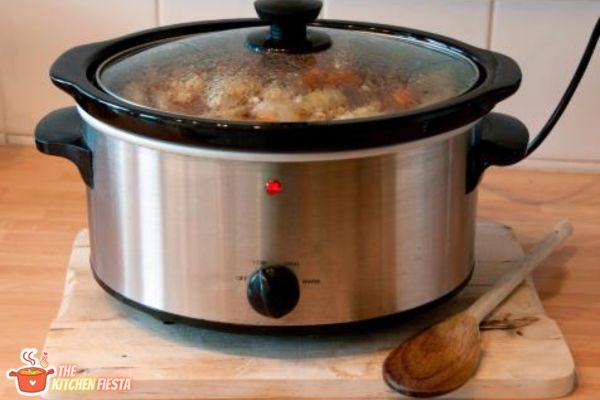
A slow cooker is a great alternative to using the stove and oven together. It’s easy to use and can cook a variety of dishes, from soups and stews to roasts and casseroles. Add your ingredients, set the temperature, and let it cook. Slow cookers are also energy-efficient and can be left unattended for hours.
Using a Pressure Cooker
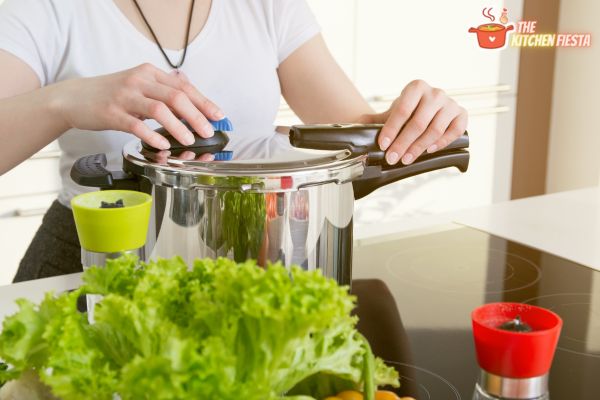
A pressure cooker is another alternative to using the stove and oven together. It can cook food quickly and efficiently, making it ideal for busy weeknights. Pressure cookers trap steam inside, cooking food faster than traditional methods. They can be used to make various dishes, including rice, beans, and even desserts.
Using a Toaster Oven
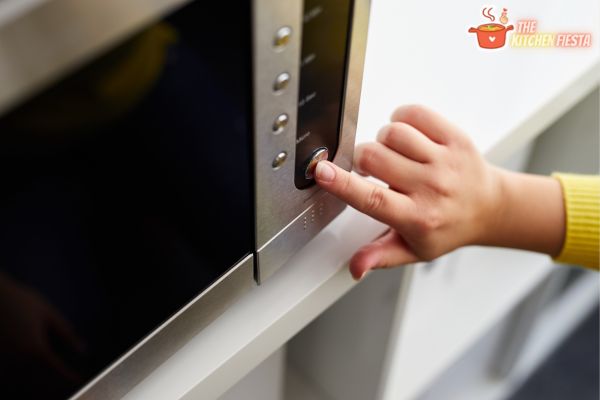
A toaster oven is a great alternative for smaller meals or side dishes. It’s smaller than a traditional oven, so it heats up faster and uses less energy. Toaster ovens can be used to bake, broil, and even roast. They’re also great for reheating leftovers or making toast.
Please read the instructions carefully and follow any of these alternatives closely when using them. Always use caution when handling hot appliances and ensure they’re placed on a stable surface. With a little planning and creativity, cooking a delicious meal without using the stove and oven together is possible.
Conclusion
So, using the stove while the oven is on is safe, provided that certain precautions are taken. Most stoves and ovens can be used simultaneously, but ensuring that your fuse box can handle the load is important. If you do not blow a fuse, you should be able to use both elements together.
When using both the stove and oven simultaneously, it is essential to follow safety guidelines. For example, ensure that all pots and pans are placed securely on the stove burners and that the handles are turned away from the oven. This will help prevent accidental burns or spills.
Overall, using the stove while the oven is on can be a convenient way to cook multiple dishes at once. It can be done safely and without incident with the right precautions and safety measures.
FAQs
Can you use all the burners on the stove while the oven is on?
It’s safe to use all the burners on the stove while the oven is on, but you should be careful about generating too much heat in your kitchen. High heat levels from multiple burners and the oven can quickly raise the temperature, which can be dangerous. To avoid this, keep the heat levels low when using both appliances simultaneously.
Can you use the broiler and the stove at the same time?
Yes, you can use the broiler and the stove at the same time. However, it would help to be careful about the food you cook. Broiling requires a lot of heat, and if you are using the stove at the same time, it may cause the kitchen temperature to rise quickly.
Can you use different cooking methods on the stove while the oven is on?
Using the stove for different cooking methods while the oven is on is possible. Still, you need to consider the heat levels and the cooked food type. Cooking at high temperatures on the stove could cause the kitchen temperature to increase rapidly, which may pose a safety hazard.
Can you use the oven and stove simultaneously on a gas range?
Yes, you can simultaneously use the oven and stove on a gas range. However, you need to be cautious about the amount of heat you are generating in your kitchen. Gas ranges use gas to generate heat, and if you are using both appliances at the same time, it may cause the kitchen temperature to rise quickly, which could be dangerous.

